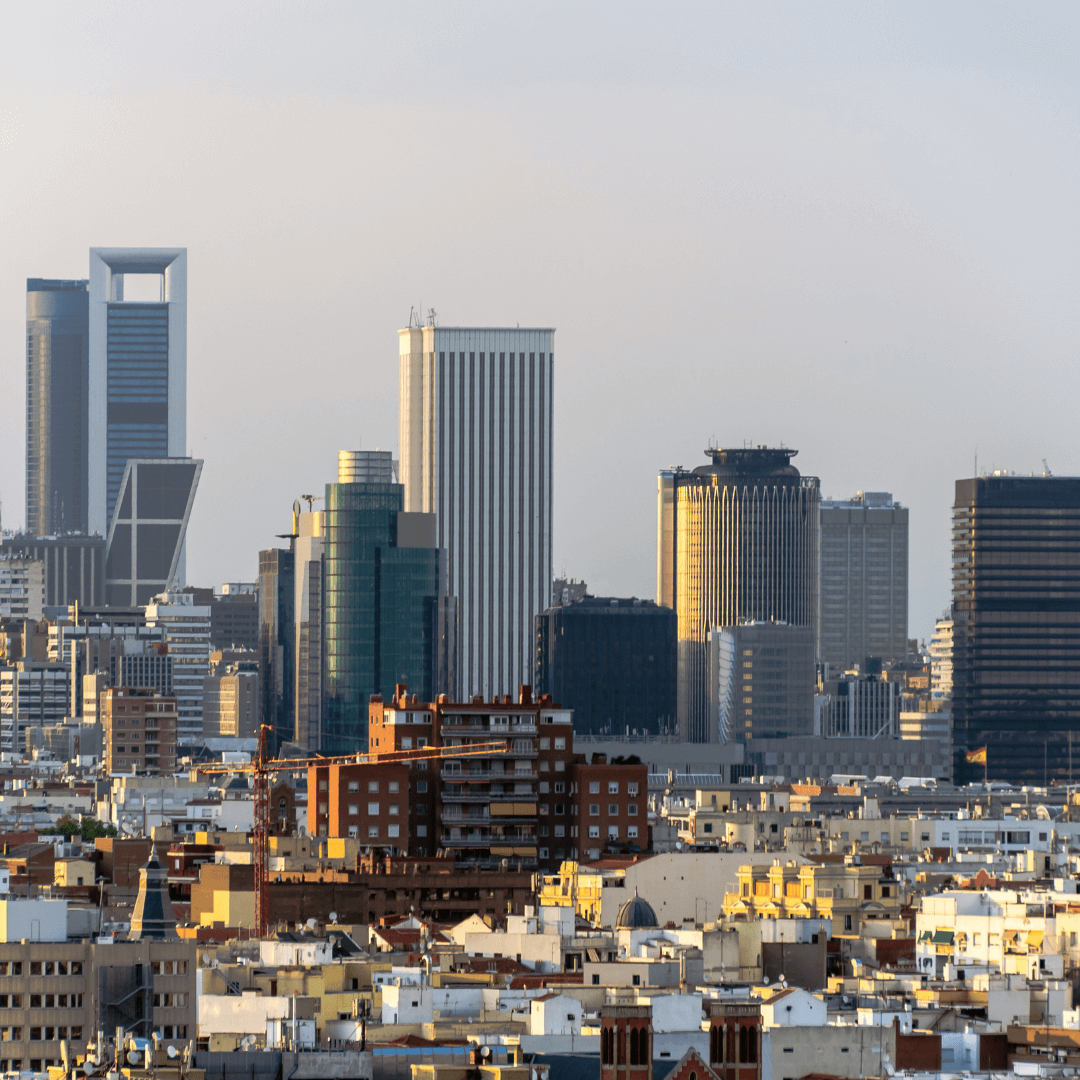The Spanish real estate market is a sector in constant evolution, and two of the cities that stand out the most are Barcelona and Madrid. Both capitals have become national and international benchmarks, attracting investors and buyers alike. However, although they share similarities, they also have significant differences.
Over the last 30 years at Renta Corporación we have specialised in the Spanish real estate sector, concentrating most of our activity in the cities of Barcelona and Madrid. In this Renta Insights article we will explain how these cities have been transformed by the passage of time, the effects of the pandemic and the phenomenon of gentrification. Read on to discover all the details!
How are Spanish cities changing?
Barcelona and Madrid, like other major cities in Spain, are undergoing major changes in their urban landscape and social dynamics to adapt to the needs of the new generations.
In recent years, the majority of the population has moved to live in cities and, according to the most recent data, this figure is expected to rise to 60% by the end of this decade. That is why the transformation of cities is one of the biggest challenges we face.
We live in an increasingly urbanised society; we only have to look at the progressive increase in new real estate projects driven, to a large extent, by European Funds. Barcelona and Madrid are adapting to the needs of an ever-growing population and to the demands of a market that is increasingly demanding urban sustainability.
In addition to the construction of new developments, both cities are investing in the rehabilitation and renovation of assets, neighbourhoods and run-down areas. This urban revitalisation approach seeks to attract residents and promote a more attractive and sustainable urban environment.
The main effects of the pandemic on the Spanish real estate market are as follows
The COVID-19 pandemic has had a significant impact on the Spanish real estate market. During the most critical moments there was a decrease in demand for properties and a slowdown in market activity.
However, as the situation returned to normal, there was a rapid recovery as many families had achieved higher levels of savings. In addition, low interest rates and favourable government policies boosted demand for housing, especially in key urban areas such as Barcelona and Madrid. Another feature of the market in this recovery was the search for larger and more comfortable spaces due to the increase in teleworking.
Even so, this year we are experiencing a cooling down and it is expected that in the coming months the path towards moderation in the volume of transactions will continue, mainly due to the increase in the number of properties available for sale.
What is gentrification and how does it affect large cities?
Another phenomenon affecting large cities is gentrification. This process refers to the transformation of working class and working class neighbourhoods into more exclusive areas oriented towards the high purchasing power market.
This is mainly due to the fact that the most central areas of these cities do not have enough space for the construction of new assets, therefore housing prices increase and more and more residents are displaced to more peripheral areas.
Gentrification has generated debates and concerns about the loss of neighbourhood identity and affordable housing for all segments of society. Because of this situation, authorities and organisations are taking measures to address this phenomenon, balancing urban development with the protection of local residents.
In any case, Barcelona and Madrid continue to lead the Spanish real estate market, but they are not exempt from changes and challenges. The constant evolution of these cities reflects their adaptability and ability to attract investors and buyers from all over the world.

